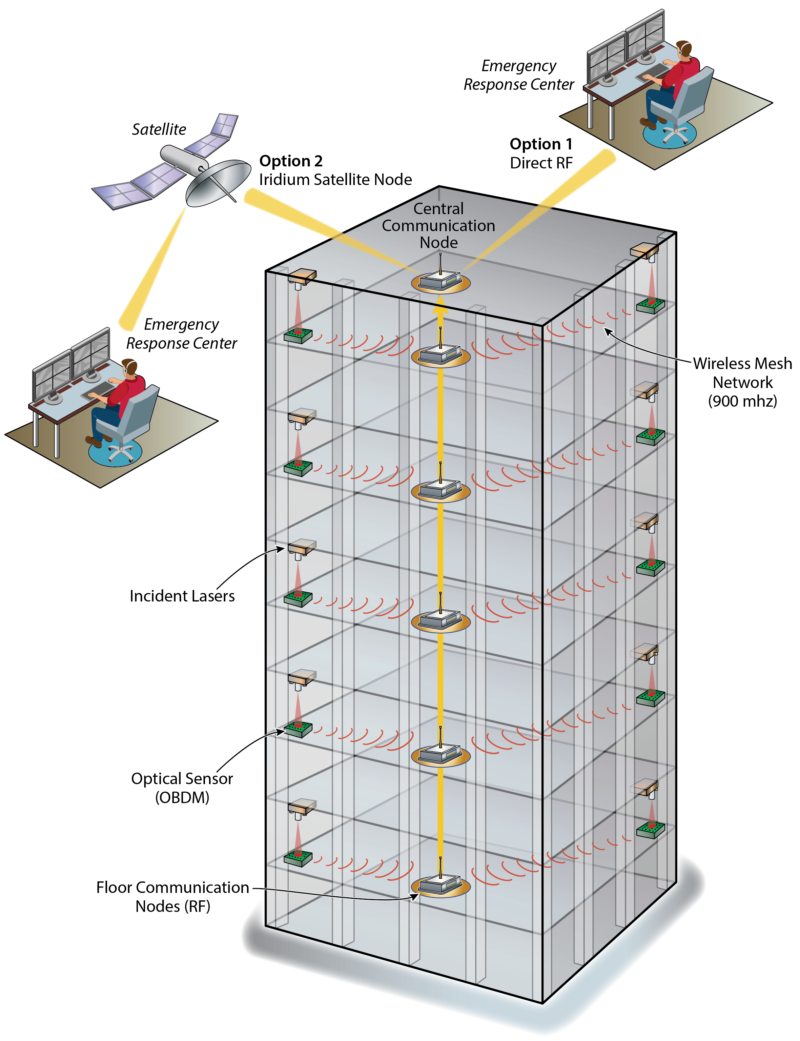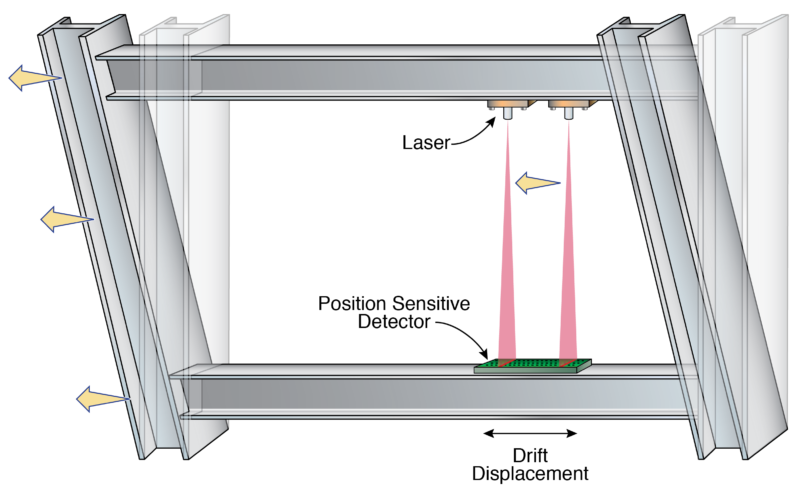More than a quarter century ago, the Loma Prieta earthquake tore across the Bay Area landscape. The quake ruptured the Bay Bridge and ripped through buildings, killing 63 people and injuring over 3,000. More than 11,000 homes were destroyed, with over 12,000 people left homeless.
Afterward, city managers scrambled to inspect all the damaged buildings.
As bad as that was, it’s far less damage than what could happen to the Bay Area from an earthquake on the Hayward Fault, says David McCallen, a senior scientist with Lawrence Berkeley National Laboratory. The U.S. Geological Survey says the fault, which runs for 70 miles through the middle of the urban East Bay, is “a tectonic time bomb.” Scientists have calculated about a 30 percent chance that the Hayward will “break big,” causing a quake of magnitude 6.7 or higher, within 30 years.
“There will be literally hundreds to thousands of buildings that will be impacted by that earthquake,” McCallen said, “and the ability for us to recover from that is going to be a tremendous effort.”
McCallen says he has technology that can provide city engineers with a rapid response tool to speed up the evaluation of buildings and help them determine which ones are safe to occupy after a major shaking.
 Historically, scientists have used an accelerometer to measure how buildings respond to earthquakes. It’s a small mechanical vibrating device that measures accelerations in the back-and-forth movement of a building.
Historically, scientists have used an accelerometer to measure how buildings respond to earthquakes. It’s a small mechanical vibrating device that measures accelerations in the back-and-forth movement of a building.
